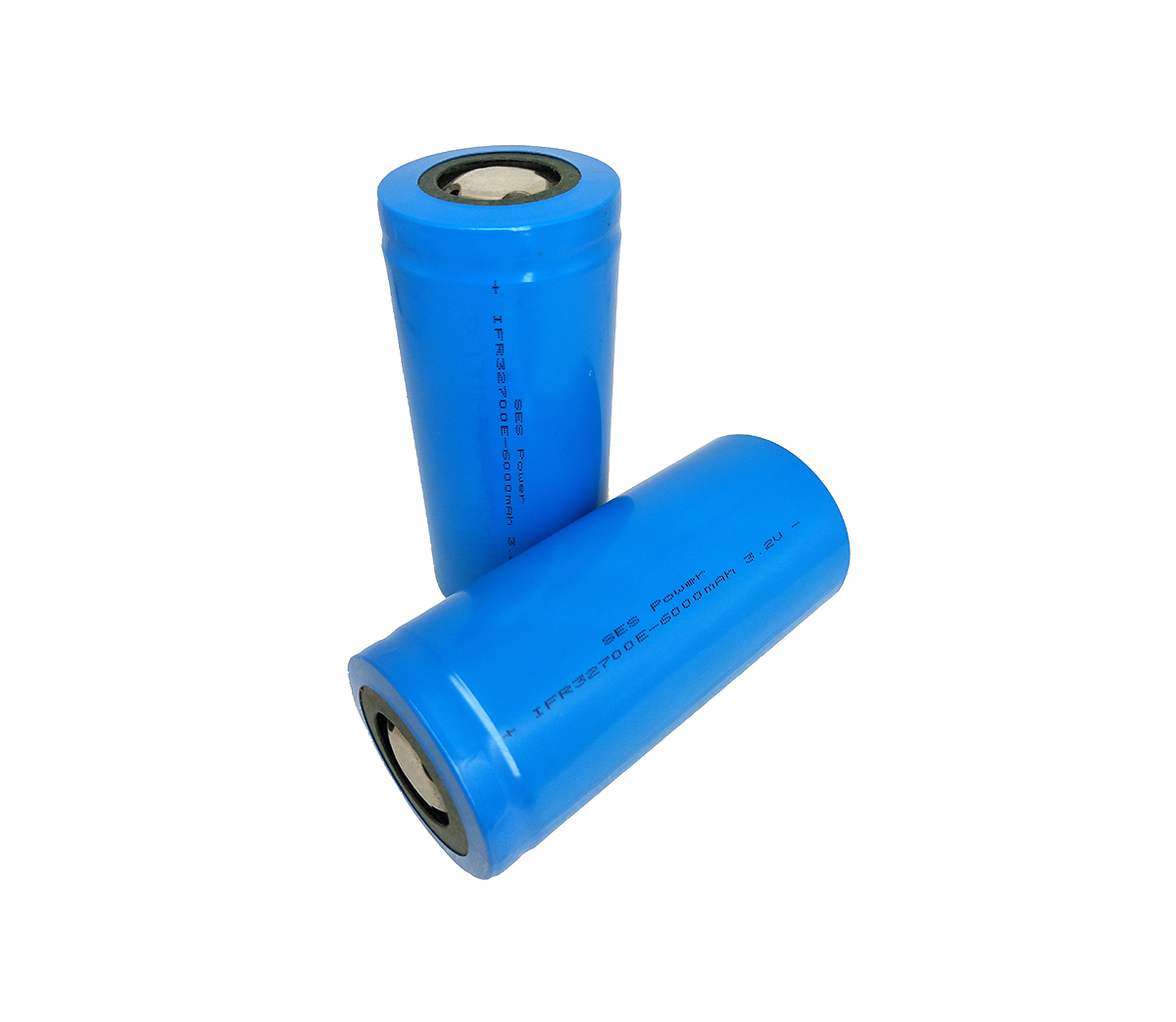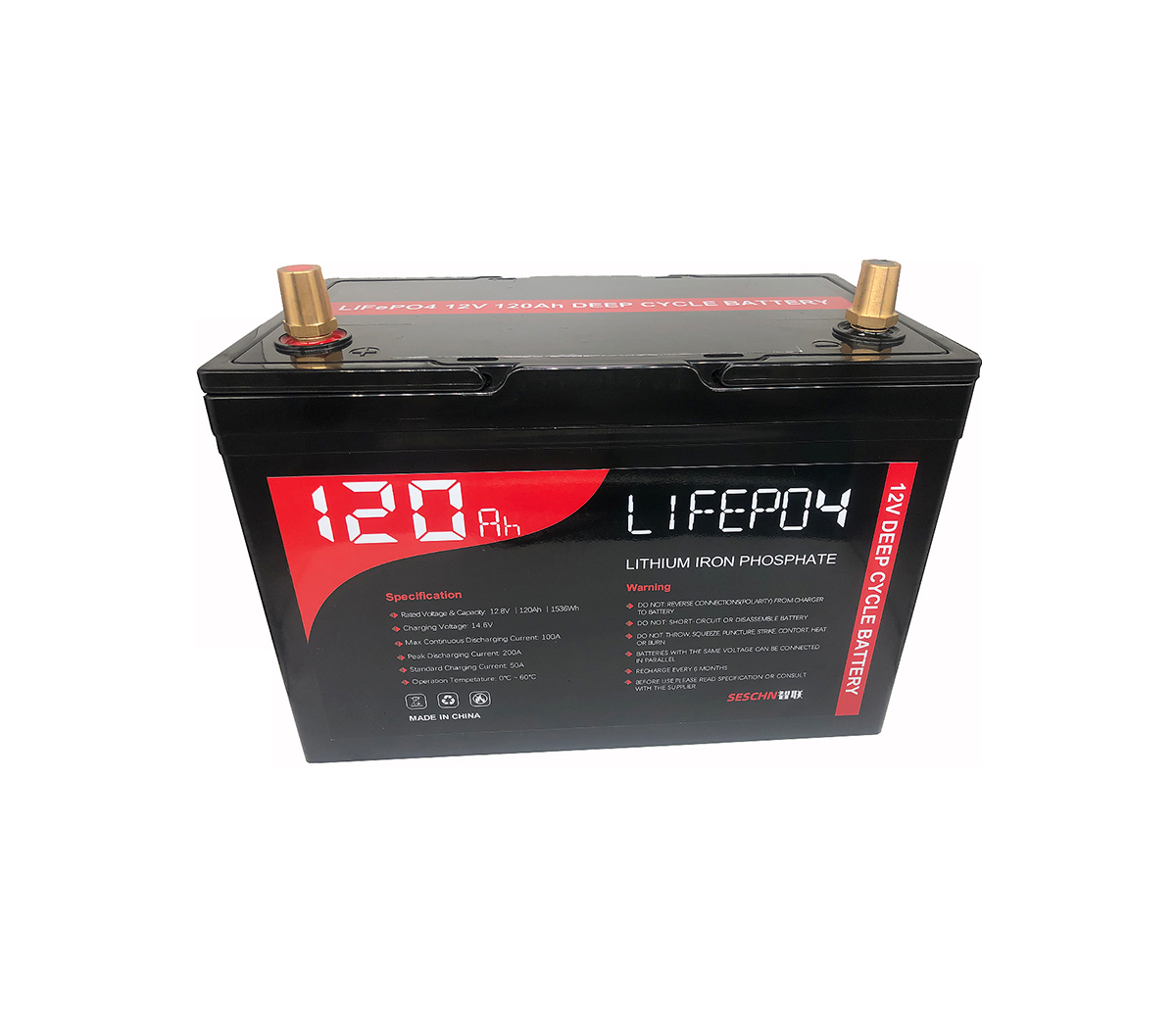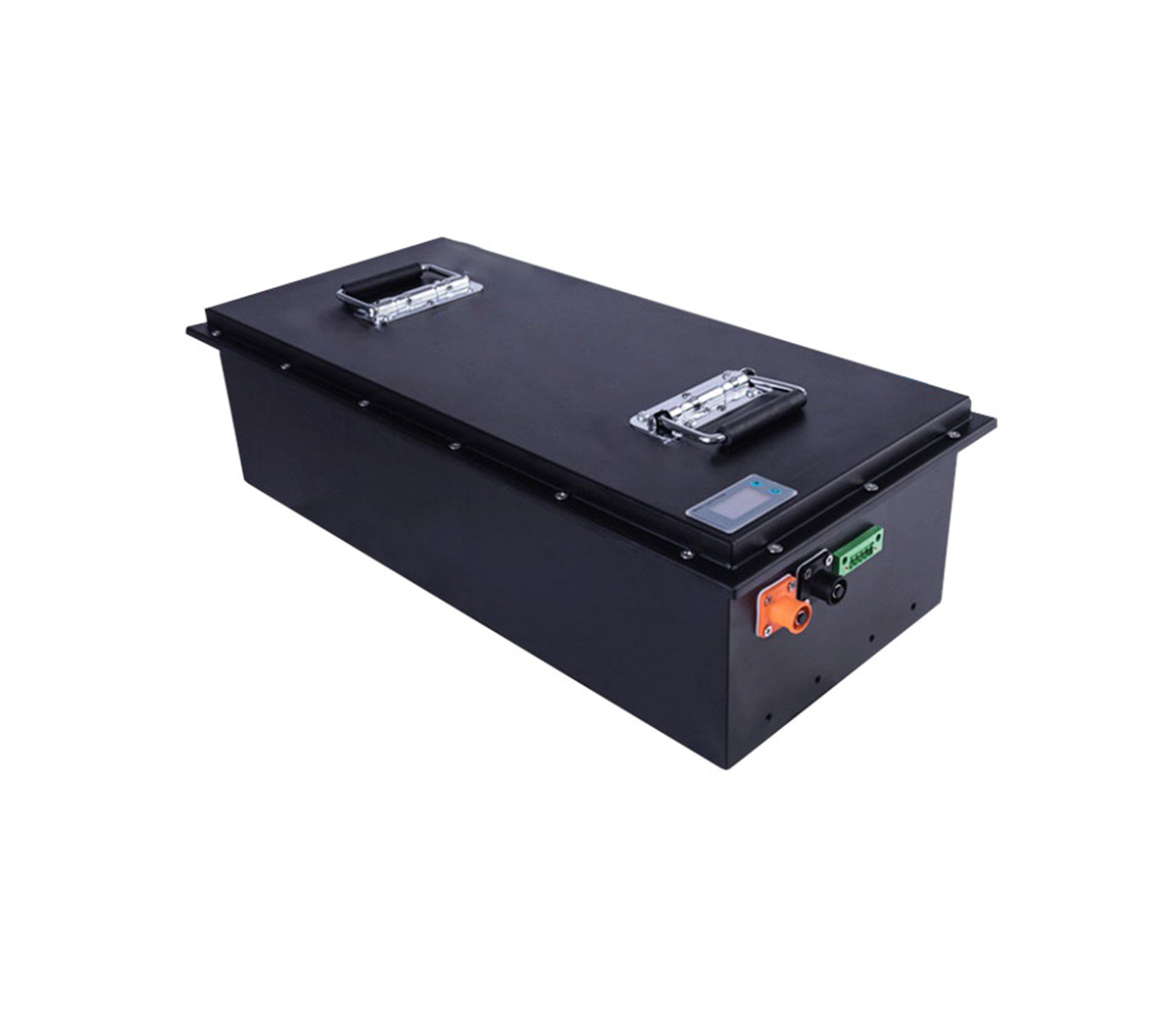
However, in the long run, improving the performance of electric vehicles
through the innovation of the battery system is the fundamental way to enhance
competitiveness. The development of the current battery system is mainly divided
into two phases. One is the direction of high specific energy represented by
solid-state batteries and high nickel ternary; the other is the direction of
high rate represented by fast charging.
GAC officially announced its entry into the power battery field. This
piece of news says that it’s not small, but it’s not too big, because car
companies dominated power battery packs for a long time. After all, there is no
battery pack design technology, and there is no way to talk about positive
research and development. Compared with the new type of lithium battery
technology, which is almost impossible to be applied on a large scale in the
short term, the improvement in the structural design of the power battery has
more practical benefits. You must know that from the single cell to the battery
system is the weak link of the domestic new energy industry. However, in the
long run, improving the performance of electric vehicles through the innovation
of the battery system is the fundamental way to enhance competitiveness. The
development of the current battery system is mainly divided into two phases. One
is the direction of high specific energy represented by solid-state batteries
and high nickel ternary; the other is the direction of high rate represented by
fast charging. Improving energy density has always been the focus of research at
home and abroad, and I won’t go into details here; the high-rate direction is
mainly reflected in high-power and fast-charge batteries, which are popular in
hybrid vehicles and some subdivisions, and shocked the world last year. Israel’s
5min flash charging black technology is a typical representative of this
direction. In addition, Japan’s Toshiba is very prominent in this field, and
China is led by Weihong Power. "Insufficient battery life, fast charge to get
together", although to some extent, fast charging can greatly alleviate
consumers' mileage anxiety, but because the grid load is too large, it has been
criticized by the industry. However, Japan’s Toshiba and Porsche have both made
breakthroughs in the fast charging field recently, which may point the way for
the fast charging field. Let’s take a look at the new technologies and major
events in the lithium battery industry this week. 1. Toshiba’s new generation
SCiB lithium-ion battery for vehicles can be charged for 6 minutes with a
battery life of 320km Recently, Toshiba officially announced that it has
successfully developed a new generation of SCiB lithium-ion batteries for
vehicles, which have the advantages of high energy density and extremely fast
charging. According to Toshiba's official measured data (Japan JC08 standard),
this new type of lithium-ion battery can charge for 6 minutes and drive 320
kilometers, which is three times the traditional lithium-ion battery. Toshiba’s
official website stated in the announcement that the company launched
SuperChargeionBattery (SCiB) in 2008, using lithium titanate as the negative
electrode, which can achieve rapid charge and discharge, with a lifespan of up
to 15,000 times, and in an environment of minus 30°C. Can also be used
in. Through technological research and development, Toshiba has developed a
lithium-ion battery using titanium niobium oxide as the negative electrode
material on this basis, and its lithium ion storage capacity is twice that of
the lithium battery with graphite as the negative electrode material. At the
same time, Toshiba also showed a sample of the new lithium battery, 50Ah, with a
size of only 111mmx194mmx14.5mm. It is reported that it can reach 90% of the
power in 6 minutes, while the lithium battery of traditional electric vehicles
can only be charged to 80% in 30 minutes even if fast charging is used.
According to reports, the new generation of lithium batteries can still maintain
more than 90% of the battery capacity after being charged and discharged 5000
times, and the loss rate is extremely low. In addition, fast charging can also
be achieved in a low temperature environment of minus 10°C. Toshiba said that
the new titanium niobium oxide anode material and the new generation of SCiB
batteries are a disruptive advancement that is expected to have a significant
impact on the battery life and performance of electric vehicles. It is reported
that the new generation of SCiB batteries is expected to be commercially
available in 2019. Comment: In fact, before the rise in the popularity of
solid-state batteries, fast charging technology has always been the focus of
corporate research, but it has not made practical progress, because it is
difficult to take into account energy density, cycle life, and safety while
ensuring fast charging. The domestically outstanding one in the field of fast
charging is Weihong Power, which has relatively comprehensive performance, but
it is still a long way from being accepted by consumers. However, the
next-generation energy lithium battery represented by solid-state batteries has
not reached the level of industrialization. It is difficult to say who will gain
an advantage in the market in the future. I personally believe that
fast-charging batteries are more suitable for hybrid vehicles and other special
types. Of the subdivisions. "2. Technology to increase fuel cell life" "The core
factor that determines the performance of solid oxide fuel cells is the cathode
that undergoes oxygen reduction reactions. Usually, oxides with perovskite
structure (ABO3) are used in the cathode. However, although perovskite oxide has
high performance in initial operation, its performance declines with time,
limiting its long-term use. In particular, the conditions of the
high-temperature oxidation state required for the operation of the cathode lead
to the phenomenon of surface segregation, in which a second phase such as
strontium oxide (SrOx) accumulates on the surface of the oxide, resulting in a
decrease in electrode performance. Using computational chemistry and
experimental data, Professor WooChulJung's team from the Department of Materials
Science and Engineering observed that the local squeezed state around Sr atoms
in the perovskite electrode lattice weakened the Sr-O bond strength, thereby
promoting the separation of strontium. The team found that local changes in the
strain distribution in the perovskite oxide are the main reason for the
separation of the strontium surface. Based on these findings, the team
incorporated metals of different sizes in the oxide to control the degree of
lattice strain in the cathode material and effectively suppress strontium
segregation. Professor WooChulJung said: "This technology can be achieved by
adding a small amount of metal atoms in the material synthesis process without
the need for additional processes. I hope this technology will be effective in
developing highly durable perovskite oxide electrodes. " Comment: The fuel cell
life issue is actually very complicated. The biggest problem at present is
caused by the working conditions of the car. The current changes caused by
start-stop, acceleration, deceleration, etc., attenuate the membrane electrode
more seriously, which is why the fuel cell at this stage Automobiles use hybrid
power system assembly solutions because the battery can carry and reduce the
impact of current changes on the fuel cell. Therefore, only from the
experimental research of the fuel cell itself to improve the life, the gold
content is not high, or the actual benefits are very small. 3. The charging
voltage of MissionE can reach 800V. Porsche said that MissionE will use 800V
high-voltage ultra-fast charging system. Compared with the more popular 400V
charging system, it can theoretically shorten the charging time by twice,
allowing MissionE to realize charging. It takes 20 minutes to drive 400
kilometers, which is enough to drive from Nanjing to Shanghai. Compared with the
traditional way of refueling, 20 minutes is not unacceptable. It is worth
mentioning that there are mainly two solutions for high-voltage fast charging
and low-voltage fast charging on smart phones, and for electric vehicles, they
are actually similar, because low-voltage fast charging has a higher
current-carrying capacity for cables. Requirements, so Porsche finally chose
high-voltage fast charging. Porsche MissionE has increased the voltage of some
vehicle electronic control systems to 48V, which can provide more power supply
for related components, and the performance improvement will follow. A similar
approach has also appeared on Bentley Bentayga before. As for other on-board
auxiliary systems, they are maintained at the standard 12V. Comment: In fact,
there are several major bottlenecks in fast charging. The first is the fast
charging technology of the battery itself, and the second is the high-power
charging pile. These two points have not been effectively resolved. The 800v
fast charge introduced by Porsche is actually not available on a large scale
under the existing conditions. It is more of a demonstration. But at least
Porsche's advanced technology proves the feasibility of fast charging in the
future.



































